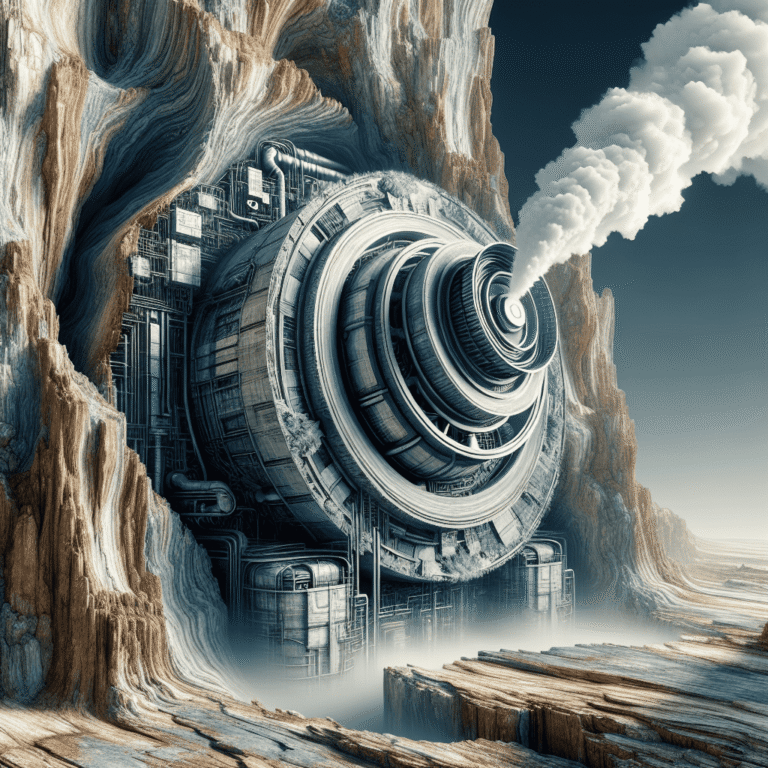China has achieved a significant milestone in clean energy with the successful operation of a nuclear reactor powered by thorium rather than uranium, reportedly making it one of the first of its kind capable of being refueled while remaining operational. This technological breakthrough reflects China´s growing leadership in nuclear energy, exemplified by its rapid expansion of nuclear reactors and increasing expertise in advanced reactor designs. While the United States still operates more reactors, China is constructing new units at an unprecedented pace, recently approving ten additional ones, reinforcing its commitment to innovative nuclear technologies.
Thorium-based reactors represent a return to concepts originally devised and tested in the United States during the mid-20th century but largely abandoned in favor of uranium-fueled water-cooled systems. Key reasons for uranium´s dominance included dual-use applicability for both energy generation and nuclear weapons, as well as the easier commercialization of uranium-fueled designs. The Chinese research reactor, which came online in June 2024, generates just two megawatts of heat—modest compared to university research reactors—but marks a meaningful step in demonstrating the viability of alternative nuclear fuels beyond uranium. The ability to refuel while running sets it apart from conventional reactors, which require shutdowns for refueling.
This resurgence of interest extends beyond thorium. Companies worldwide are revisiting other previously sidelined technologies such as molten-salt cooling and high-temperature gas-cooled reactors, both of which originated in the 1950s and 1960s. US-based efforts like Kairos Power and X-energy are advancing modern iterations of these earlier designs, aiming for greater safety, efficiency, and operational flexibility—features also embodied by the new Chinese thorium reactor. Persistent technical challenges remain, including managing the corrosiveness of molten salts and efficiently producing U-233 fuel from thorium, but as recent progress indicates, leveraging historical innovation could help revitalize the nuclear industry and expand the suite of clean energy technologies on offer.

